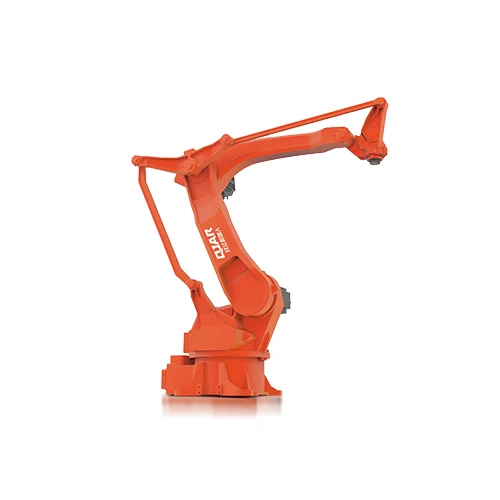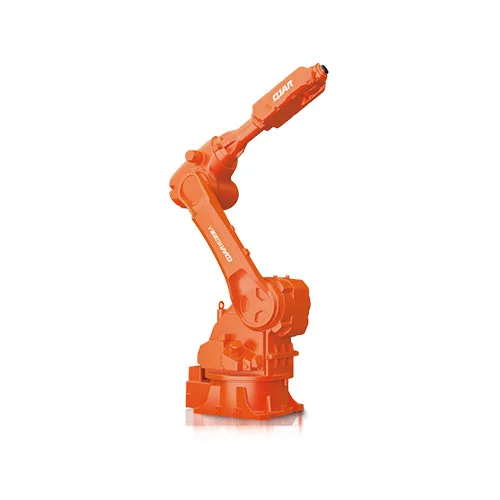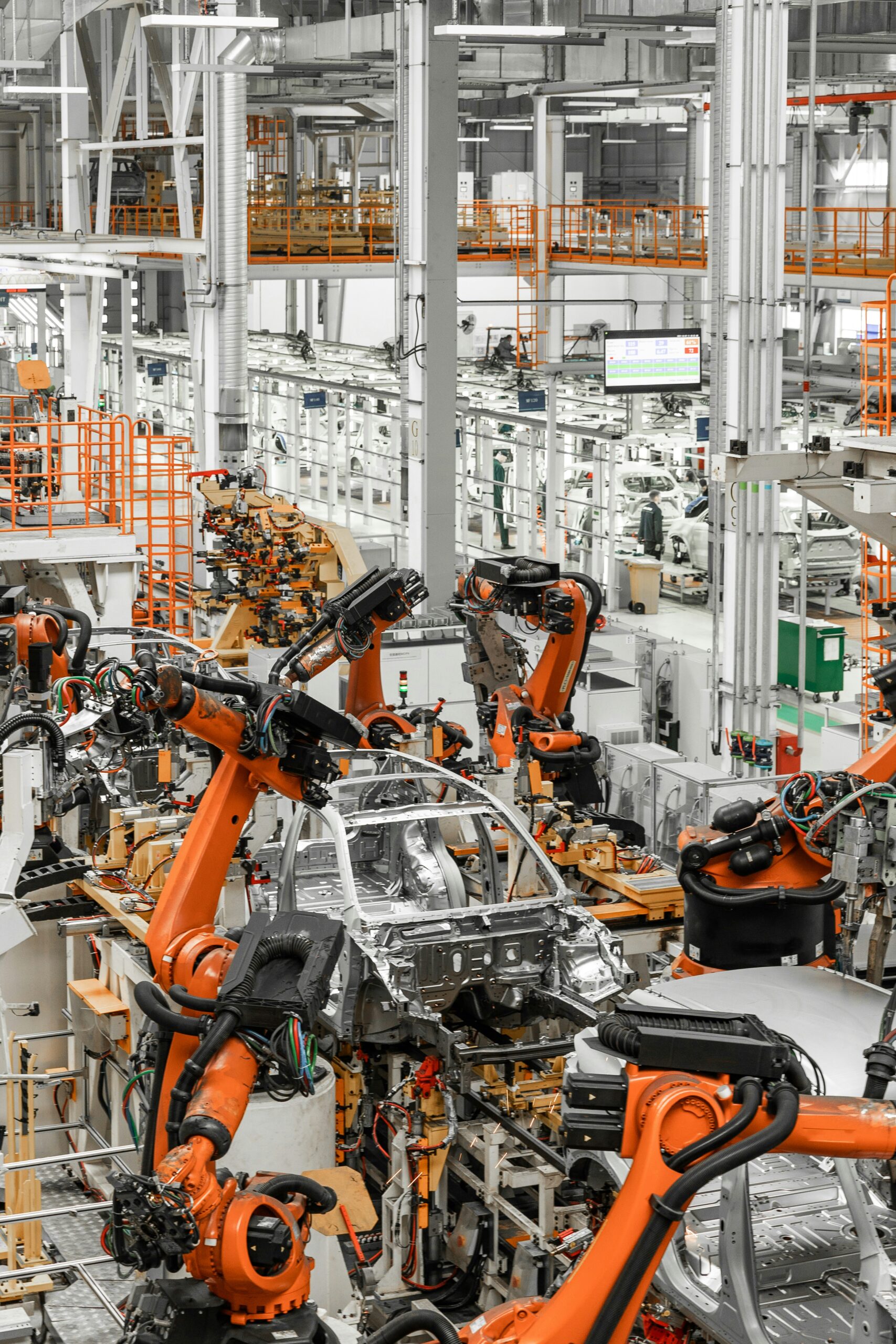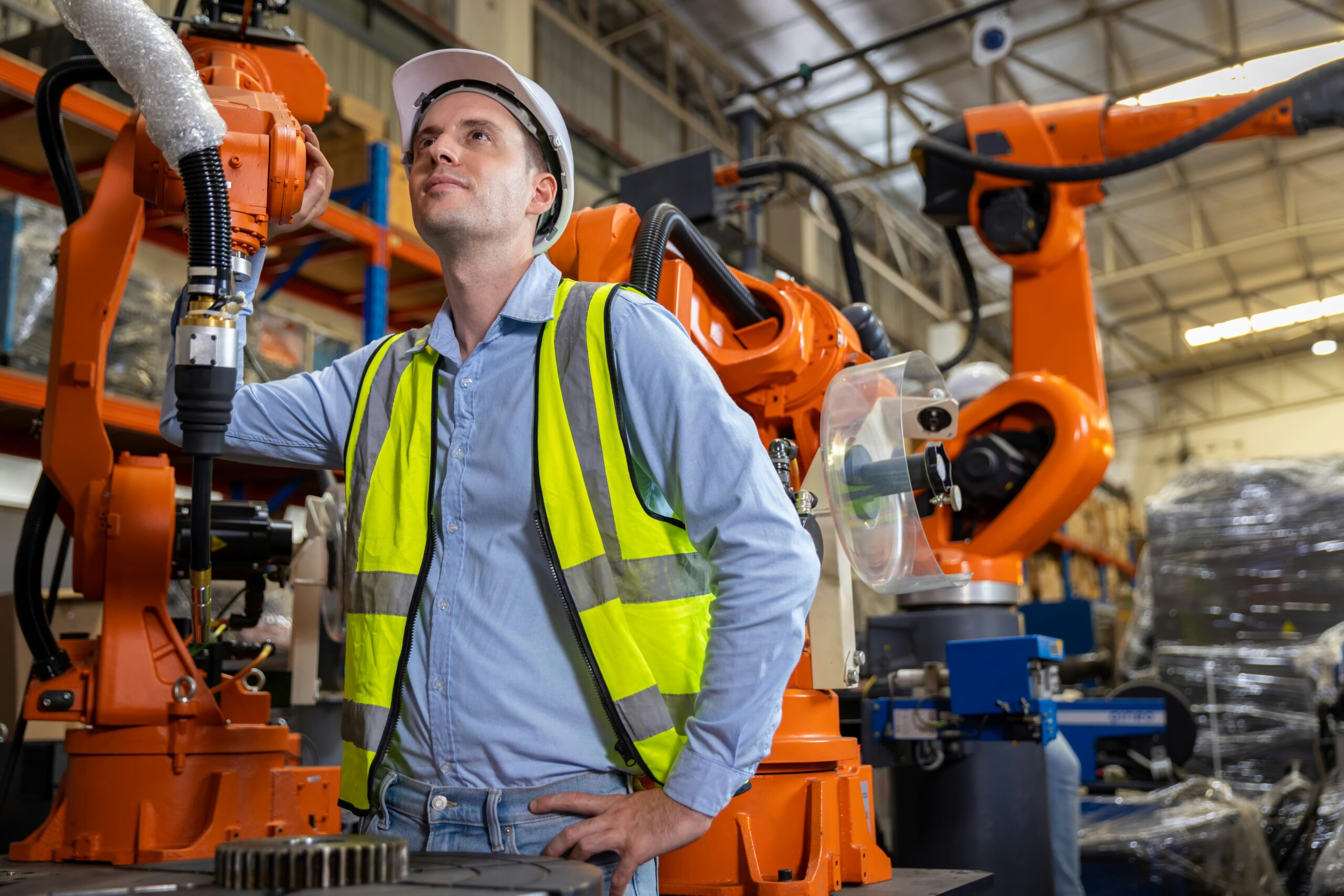Introduction
Automation has become an essential component for achieving efficiency and accuracy in the highly competitive manufacturing industry of today. Manufacturers perpetually strive to optimize operations, minimize expenditures, and uphold superior quality benchmarks. In this domain, assembly robots and polishing robots have emerged as crucial participants, bringing about a paradigm shift in the processes of product assembly and finishing. In addition to decreasing labor costs and human error, these robots expedite production processes substantially while ensuring precision. This article aims to examine the functions of assembly robots and polishing robots, the ways in which they collaborate in the manufacturing sector, and the forthcoming trends that are influencing this industry.
Functioning of Assembly Robots
Automated systems designed to perform precise tasks such as picking, placing, and assembling components are known as assembly robots. These mechanized entities find extensive application across diverse sectors, encompassing automotive, electronics, and consumer goods. There are numerous advantages to implementing assembly robots. They possess the capability to operate nonstop, ensure consistent quality, and manage complex tasks that may present difficulties for human employees.

The 30kg Reaching Distance 1820mm Payload Robotic Arm QJRB30-1 serves as a prominent illustration of an advanced assembly robot. The stability and high velocity of this robot make it an ideal choice for rigorous manufacturing environments. It guarantees energy efficiency while maintaining optimal performance by having all axes operate at a low power output. The versatility of the QJRB30-1 in assembly lines is further enhanced by the seamless integration of its simple equipment composition with specialized palletizing software.
Axis Number: 4 Technical Specifications for the QJRB30-1 Model
30 kg payload
Positioning Repetition 0.05mm of accuracy
Motion Range: J1: ±168º; J2: +105º; -50º; Armspan: 1820mm
J3: +105º, -25º
J4: ±360º
J1: 172º/s J2: 172º/s J3: 212º/s J4: 355 m/s is the maximum speed.
205 kilograms in body mass and 3.00 kilovolts in capacity
Size of the Cabinet: 580600960mm
Mass of the cabinet: 100 kg
The ±0.05mm repeat positioning accuracy of the QJRB30-1 guarantees the assembly of each component with the highest degree of precision, thereby diminishing errors and augmenting the overall quality of the product. Due to its substantial armspan measuring 1820mm, this apparatus is well-suited for large-scale manufacturing setups as it enables the assembly of components across a broad area.
The Function of Robotic Polishers
Surfaces are polished to a refined, smooth finish by means of polishing robots, which accomplish this via sanding, buffing, and polishing. Sectors such as automotive, aerospace, and consumer electronics rely heavily on these robots as the final product’s aesthetic and functional quality are of the utmost importance. While also guaranteeing uniform surface quality, the implementation of polishing robots significantly diminishes the duration and exertion needed for manual polishing.
In this category, the 20kg Payload 1668mm Reaching Distance Robotic Arm QJR20-1600 is a notable example. This is the first spraying robot to receive national certification and incorporate an explosion-proof function, rendering it suitable for a wide range of industrial purposes. Designed for high repeat positioning accuracy and simple, compact operation, the QJR20-1600’s mechanical structure is straightforward and compact.

The Technical Characteristics of the QJR20-1600
Model numbers: QJR20-1600 (Explosion-proof) and QJR20-1600 (None Explosion-proof).
Number of Axis: 6
20 kg payload
Positioning Repetition 0.05mm of accuracy
Armspan Maximum: 1668mm
Range of motion: J1: ±172º; J2: +147º; -115
J3: +83º, -98º
J4: ±167º J5: ±115º J6: ±360º
J1: 154º/s J2: 154º/s J3: 171º/s J4: 355º/s J5: 355º/s J6: 355º/s is the maximum speed.
Body Weight of the Robot: 270kg
3.6kVA of power capacity
6507501150mm x 580600960mm Cabinet Weight: 130kg/120kg
The QJR20-1600 is an excellent choice for polishing purposes owing to its precise operation at high speeds and its explosion-proof construction, which guarantees user safety even in hazardous environments. Its multipurpose application in modern manufacturing is demonstrated by the fact that it can be employed in loading and unloading, palletizing, laser cutting, painting, and loading and unloading.
Assembly Robots and Polishing Robots Working in Collaboration
Significant technological progress has been made in the realm of manufacturing with the integration of assembly robots and polishing robots. Collaboratively operating, these robots optimize manufacturing procedures, ensuring that the assembly and finishing stages are carried out with exceptional accuracy and effectiveness.

The Benefits of Collaboration
Improved Accuracy and Productivity: Manufacturers can attain enhanced accuracy and productivity by mechanizing the assembly and polishing processes. While polishing robots provide a flawless finish, assembly robots make sure that components are precisely positioned and assembled.
Automation decreases the dependence on human labor, consequently reducing the occurrence of errors and the expenditure associated with labor. Maintaining consistent quality and output, robots are capable of working incessantly and without experiencing fatigue.
One advantage of integrating assembly and polishing robots is that it facilitates increased flexibility in the manufacturing process. Manufacturers are capable of handling a variety of tasks efficiently and promptly in response to shifting production demands.
Case Studies Illustrating Effective Collaboration
Sector of Automotive
Collaborative efforts between assembly and polishing robots in the automotive industry have resulted in substantial enhancements to both production velocity and quality. To illustrate, assembly robots such as the QJRB30-1 are employed in a prominent automobile manufacturing facility to meticulously assemble engine components. After assembly is complete, polishing robots like the QJR20-1600 take over to ensure a high-quality and smooth finish on the vehicle bodies. The collaborative effort has yielded expedited production cycles and a discernible decline in defects, thereby augmenting the overall quality of the product and ensuring customer contentment.
Production of Electronics
Due to the complex and fragile characteristics of the components, precision is vital in the electronics manufacturing industry. The utilization of assembly robots enables the precise placement and fastening of electronic components onto circuit boards. Following the assembly process, polishing robots are utilized to enhance the visual appeal of electronic device casings by imparting an air of sophistication and refinement. The integration of these components not only expedites the manufacturing procedure but also ensures that the end products adhere to stringent quality criteria.
Innovations and Future Trends
The future of collaborative robotics in manufacturing appears bright as technology continues to advance. Numerous developments and trends that are currently influencing the sector augur further progress in the years to come.

Technological Emergencies
An increasing number of robotic systems are incorporating Machine Learning (ML) and Artificial Intelligence (AI) to enhance their capabilities. These technologies enable robots to gain knowledge through experience, which ultimately results in an improvement of their performance over time.
The Internet of Things (IoT) enables improved collaboration and communication among robots through their network connectivity. The provision of connectivity enables real-time monitoring and control, which contributes to the continued optimization of manufacturing processes.
Outlooks regarding the Future
Automation Increase: As more manufacturers adopt robotic systems to remain competitive, the trend toward increased automation will continue. Integration of polishing robots and assembly robots will become the norm in numerous industries.
Subsequent iterations of robotics will possess more sophisticated capabilities, including increased dexterity, precision, and adaptability. They will be able to effortlessly complete even more complex tasks as a result of these enhancements.
Manufacturing companies will prioritize the development of energy-efficient and environmentally friendly robots as environmental concerns increase. Implementing this change will aid in the promotion of sustainable manufacturing practices.
In conclusion
In summary, the manufacturing sector is undergoing a significant transformation as a result of the partnership between assembly robots and polishing robots. Unprecedented in their accuracy, adaptability, and productivity, these robots revolutionize manufacturing procedures, guaranteeing superior results and diminished expenditures. With the continuous progression of technology, it is foreseeable that the functionalities of these robotic systems will undergo further enhancements and innovations. Automated integration is pivotal for the trajectory of the manufacturing industry in the coming years; assembly and polishing robots operating in concert are at the forefront of this innovative process.

